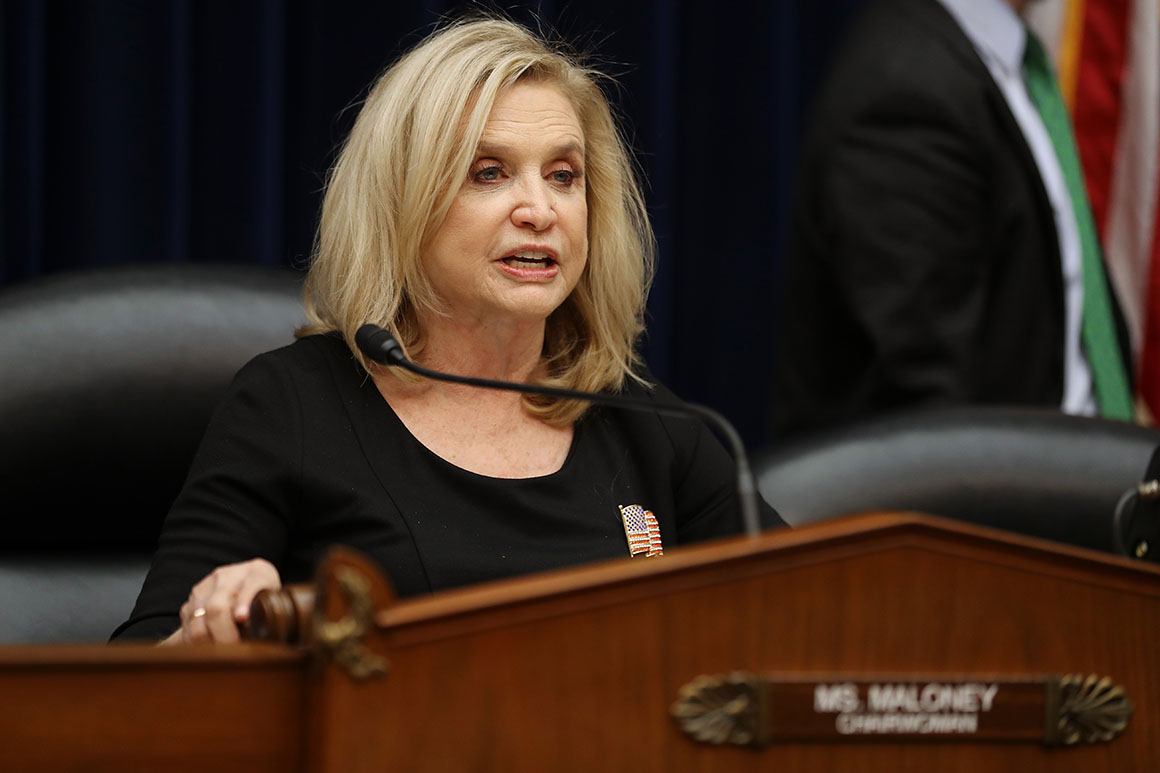
The ERA was proposed in 1923, rewritten in 1943, and adopted by Congress in 1972. Members of both parties supported the amendment — in fact, Republicans made it part of their platform well before Democrats, who were nervous it could deny women and children New Deal protections. Buoyed by a wave of public support, blue and red states rushed to ratify the language in the mid-1970s; but momentum slowed following a successful grassroots campaign by anti-feminist Phyllis Schlafly, who warned it would legalize gay marriage, mandate unisex bathrooms, and subject women to the military draft.
While abortion was one of many arguments against the ERA, it wasn’t the center of the debate like it is today.
“Before Roe v. Wade, there was little, if any, discussion in Congress about the implications of this for abortion,” said Douglas D. Johnson, the senior policy adviser at the National Right to Life Committee who represented the anti-abortion group in one of its initial battles against the ERA in the 1980s.
Congress extended the deadline to 1982 to no avail: By the time it expired, only 35 of the required 38 states had voted to ratify, and five even attempted to rescind their ratification.
The issue didn’t resurface until 2017, when Nevada became the 36th state to ratify the ERA and, a year later, Illinois followed suit. A wave of women running for and getting elected to public office in the wake of Trump’s ascendance, buoyed by the Women’s March and #MeToo movement, fueled the momentum to ratify, supporters and legal experts say — momentum that crested in January when Virginia voted to ratify the amendment, becoming the final state needed to clear the three-quarters threshold.
Opponents of the effort have mobilized in parallel — though some say legal obstacles make this a less urgent fight than Schlafly’s 1970s crusade.
“This is not a live ball. I would call it a show vote,” researcher Melanie Israel with the Heritage Foundation said of the House bill. “During the 1970s, this was at its peak. But everybody recognizes that the stakes are not the same now. Really it’s more of an opportunity for us to educate a new generation about why the ERA is problematic.”
Israel and other ERA critics point to what has happened at a local level. In New Mexico, Connecticut, Alaska and a few other states that have added ERA-like language to their own constitutions, conservative groups say it has provided a legal foundation to expand federal funding for medically necessary abortions, and set a precedent that they warn could lead to unfettered access to abortion.
Johnson cites a 1998 New Mexico Supreme Court ruling he called “the perfect case for showing how this would work,” in which judges voted unanimously that the state’s ERA requires its government use Medicaid funds to pay for medically necessary abortions.
“The New Mexico case shows it’s a very plausible outcome” on the national level, he said.
Legal experts counter that while the ERA would strengthen women’s rights, including reproductive ones, it’s unclear that such a scenario would transfer to the national level.
“It’s unpredictable, because it’s a legal argument … that if you cover all medically necessary services but you leave out abortion, that is sex discrimination,” Suk said. “That is an argument that I think is a persuasive argument, and some state Supreme Courts have been persuaded by that argument, but there are also arguments on the other side.”
Suk pointed to a U.S. Supreme Court ruling that the exclusion of pregnancy from certain benefits is not sex discrimination. In a similar fashion, she said, the question of whether the ERA guarantees access to abortion would be “up to the judges.”
“My own view as a legal thinker is that the right to make decisions about reproductive health care, including abortion, is central to any understanding of gender equality,” Suk said. “I’m not saying it’s unlikely to be the law of the land, but I’m saying it’s not a certainty that the ERA would lead to abortion funding.”
Conservatives arguing against ratification, including Israel, say they’re not comforted by this legal gray area.
“Really? Do you think that’s going to assuage our concerns about this? That we’ll say, ‘Sure, let’s just roll the dice and see if the Supreme Court agrees’? No. Of course not,” she said.
While Israel cited several other reasons why Heritage views the ERA as problematic, including the possibility that it could extend protections to transgender women, some anti-abortion groups including the NRLC say they would be neutral on the amendment if it included language explicitly stating that it doesn’t apply to abortion.
ERA supporters say such a carve-out is a nonstarter.
“The ability of women to participate equally and the idea of equality in our economy is fundamentally bound up with the ability to access reproductive rights,” said Fatima Goss Graves, the president of the National Women’s Law Center.
Source: politico.com
See more here: news365.stream






